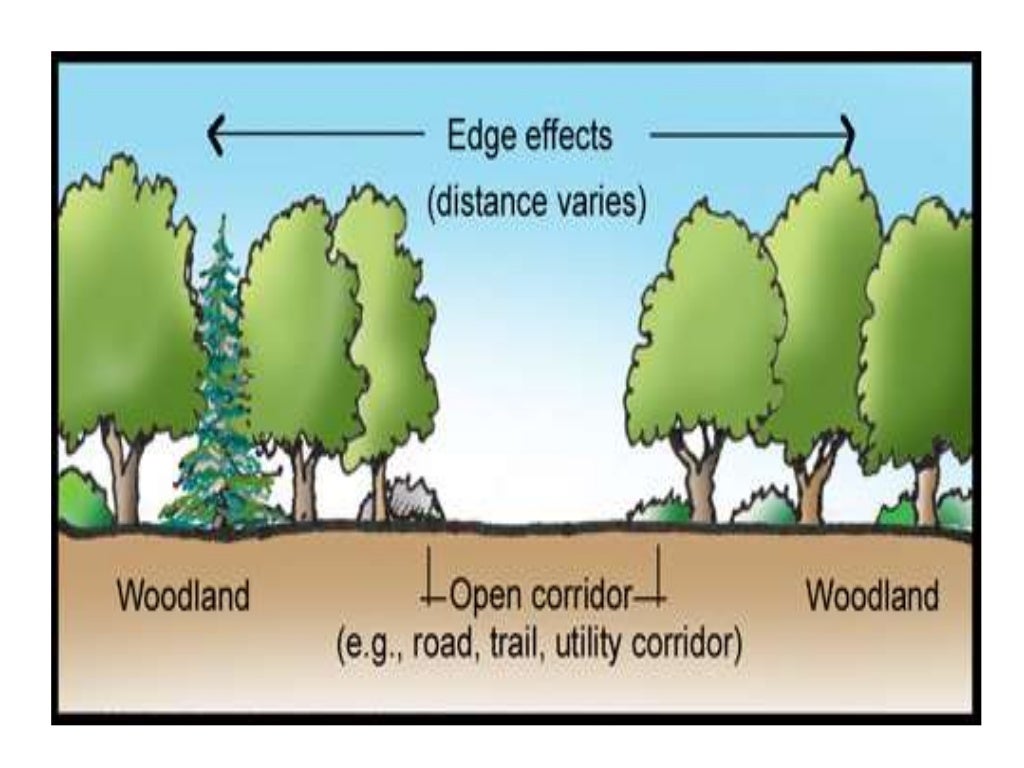

Moreover, it is intended to take advantage of the opportunity of temporal collections to carry out field experiments and to evaluate the influence of grazing on the diversity of arthropods. In this sense, it will be possible to temporarily repeat the sample design of that project, since it will finish in the middle of the year 2014.

Valério De Patta Pillar, coordinator of the postdoctoral project of the present proponent. The general methods of this project will follow those established in the Institutional Project SISBIOTA Research Network (MCT / CNPq / MEC / CAPES / FNDCT) "Biodiversity of field and forest ecotone in southern Brazil: ecological bases for its conservation and sustainable use "of the PPG-Ecology of UFRGS, under the coordination of Prof. Specifically, we will try to answer: (1) how are the taxonomical and functional local diversities of soil arthropods distributed in field-forest ecotones in the southern fields? (2) What is the influence of local and landscape environmental variables on the diversity of soil arthropods? (3) Is there temporal variation in the diversity of soil arthropods? (4) What is the influence of grazing on the diversity of soil arthropods? In addition, the alpha and beta diversity patterns of Araneae (spiders), Coleoptera (beetles) and Scarabaeidae (beetles) will be investigated more closely, as well as the functional organization patterns of these communities in relation to local and landscape descriptors. Generalisations about ecotones should be avoided they will vary from ecotone to ecotone, and probably depend on the type of ecotone: anthropogenic, environmental, switch, etc.The present project aims, in general terms, to analyze the patterns of arthropod diversity in field-forest ecotones in the southern fields of Rio Grande do Sul, RS. Here, the clearest patterns were seen in trait mosaicity, but even this differed markedly between the two ecotones. We conclude that the features claimed for ecotones are often not present, and whether they are present is dependent on the components measured: species vs traits. However, examining mosaicity in terms of traits, there was a steady rise in Ecotone I and, in conformance with ecotone / functional trait theory, a clear peak in Ecotone II. Functional trait diversity decreased along the sequence from bog to forest, with no deviation in either ecotone. It has long been said that ecotones are mosaics, but species mosaicity was no higher in either ecotone than in the adjacent communities, in fact it was lower in Ecotone I. In contrast to theoretical predictions, species richness was not higher or lower in either ecotone, rather, both ecotones represented a transition in richness from one community to the other. Two ecotones were identified using moving-window analysis: Ecotone I was the transition from bog to edge forest, and Ecotone II was the transition from edge forest to tall climax forest. A bog-forest sequence in southern New Zealand was sampled with a grid of quadrats, and eight traits related to leaf fonction were measured on the 54 species found. Yet, surprisingly, the functional trait approach has not been applied to ecotones. Ecotones have long been a focus of ecological research, and there is considerable current interest in functional traits in community ecology.


 0 kommentar(er)
0 kommentar(er)
